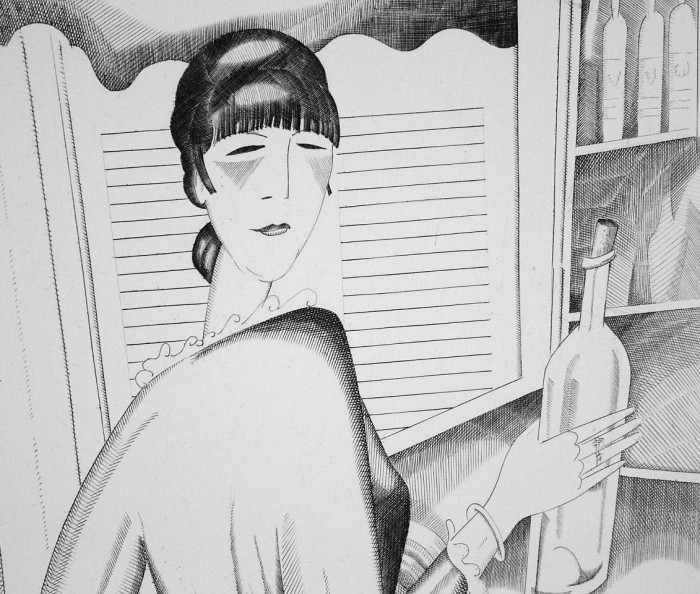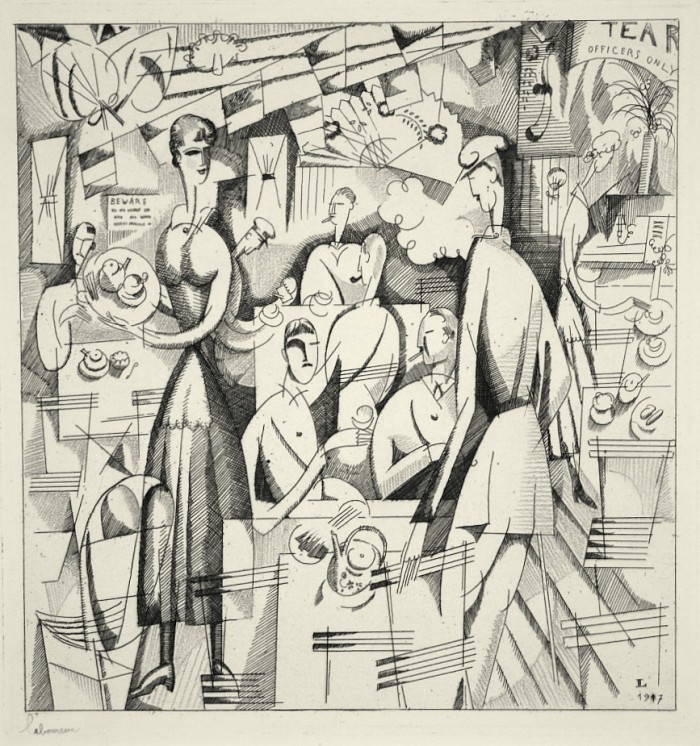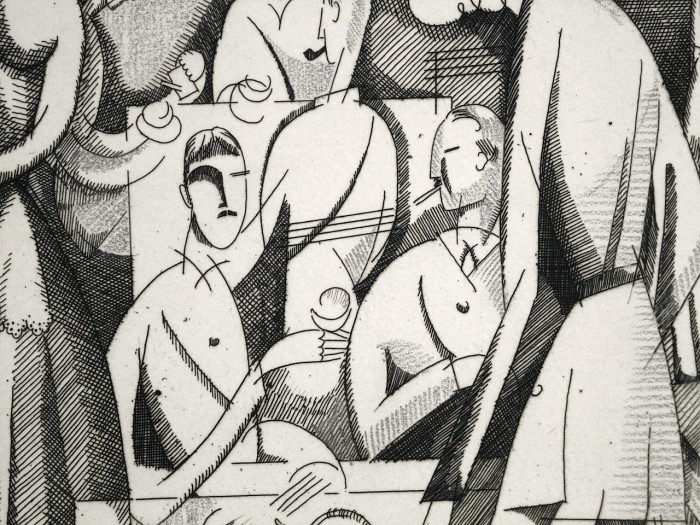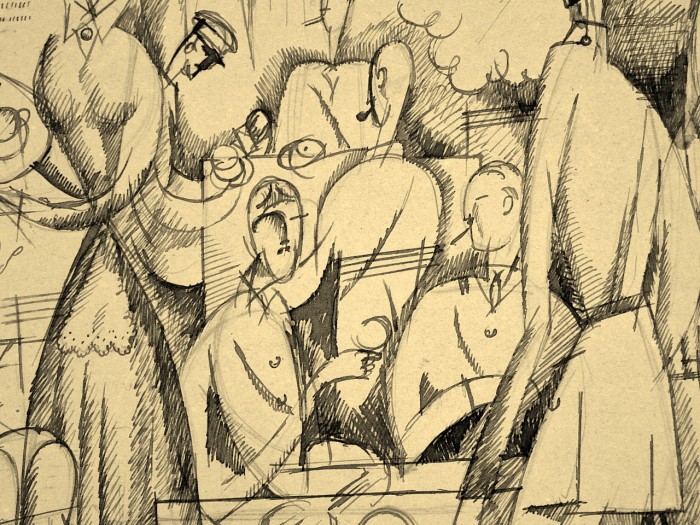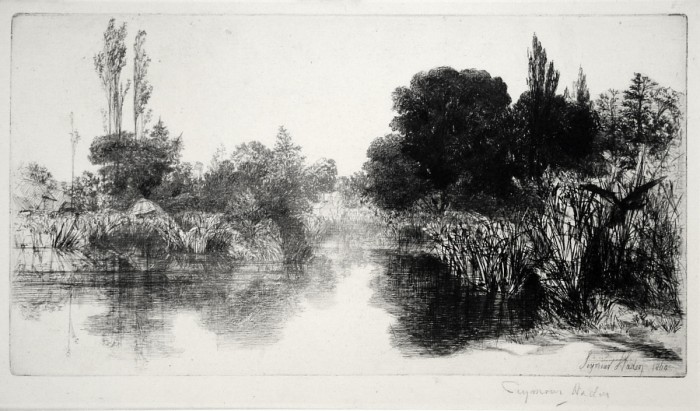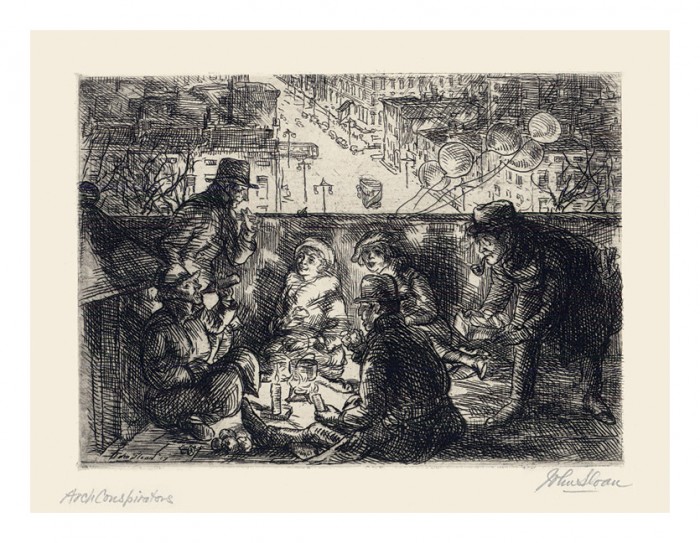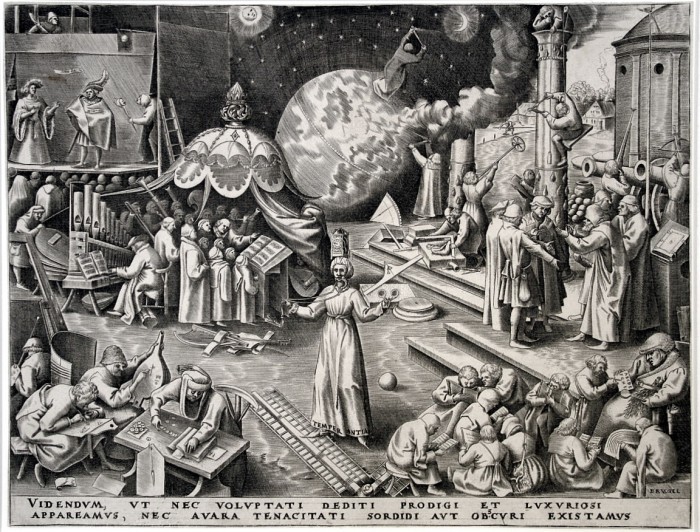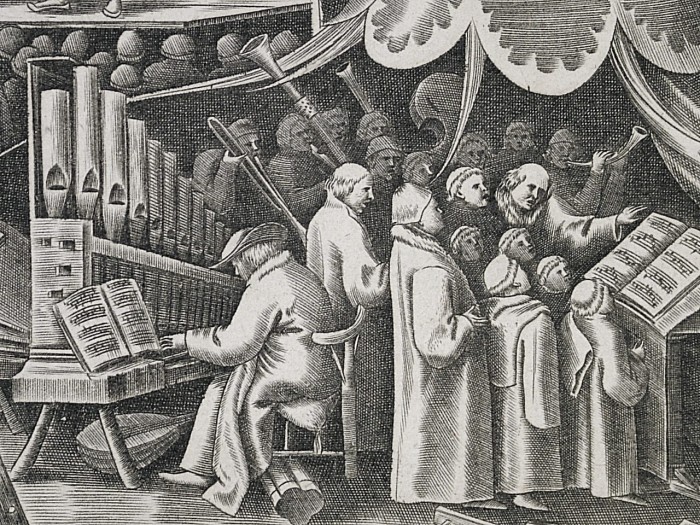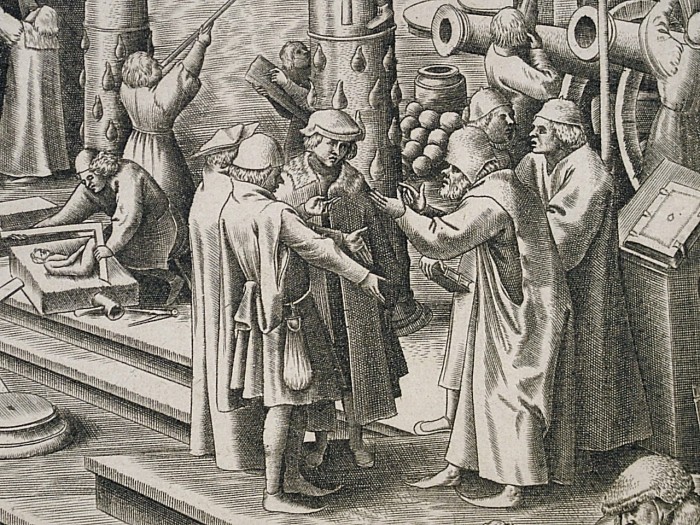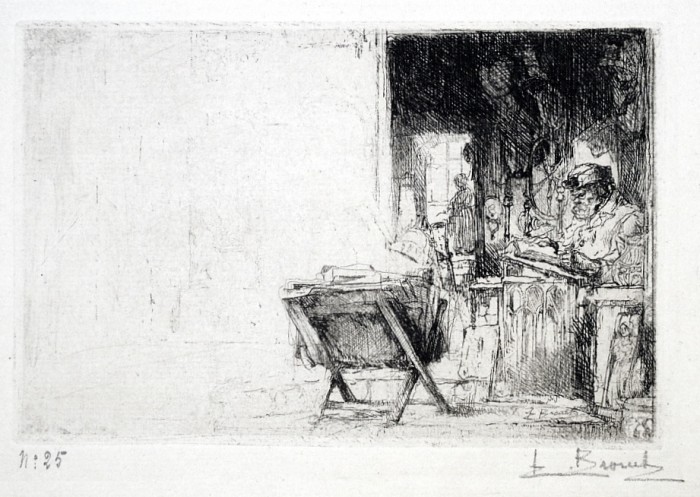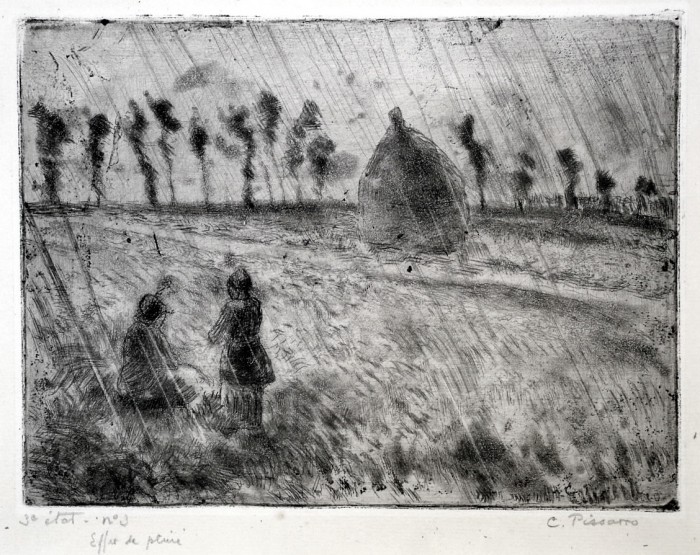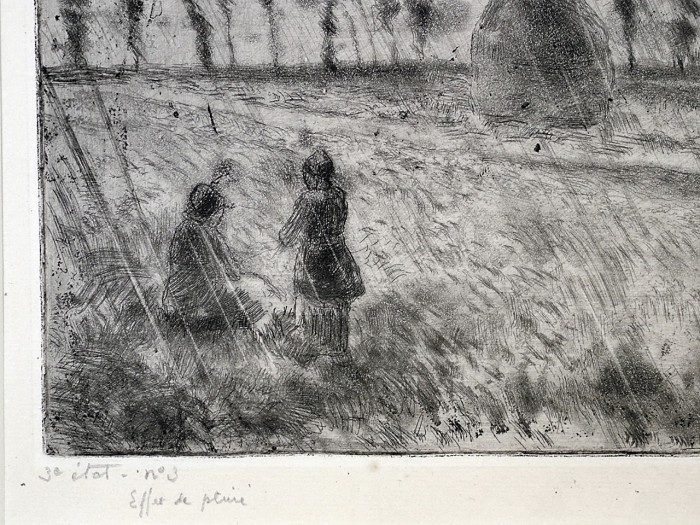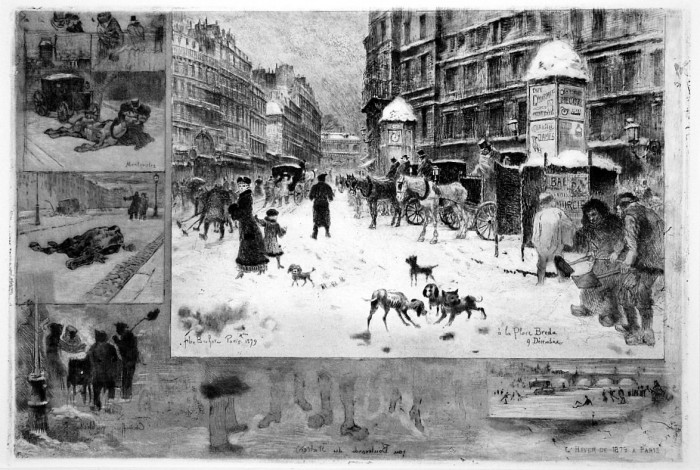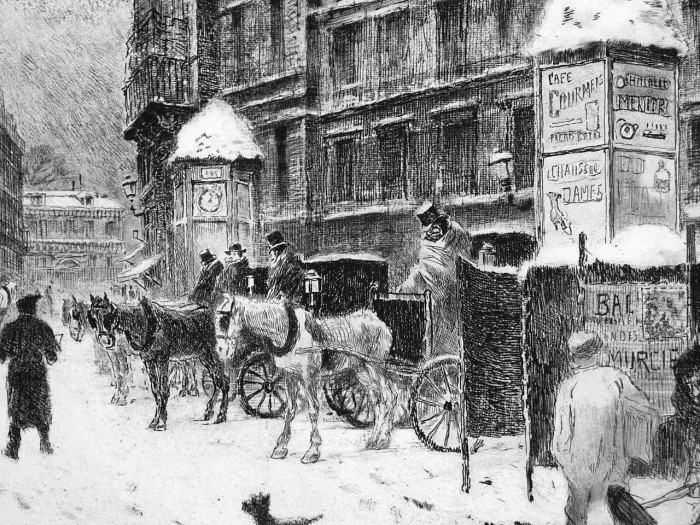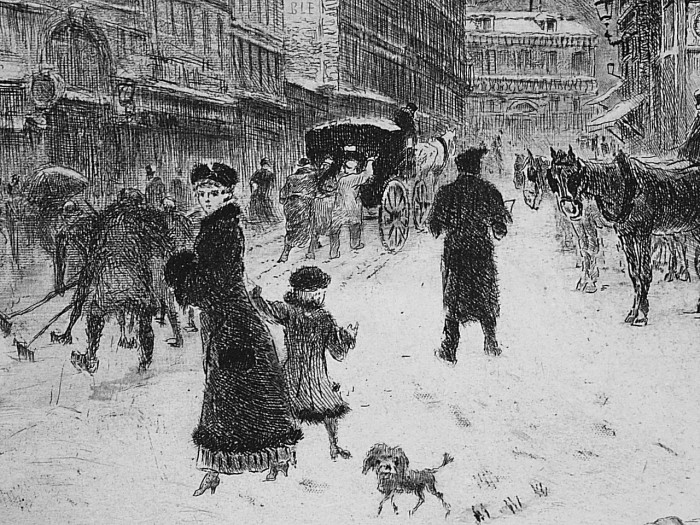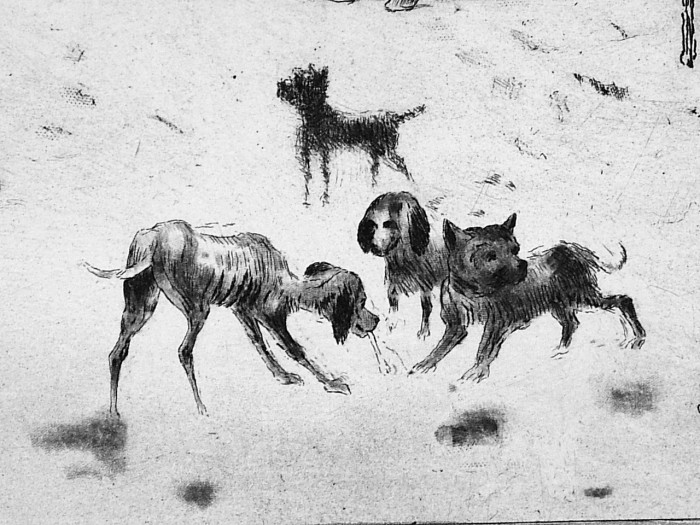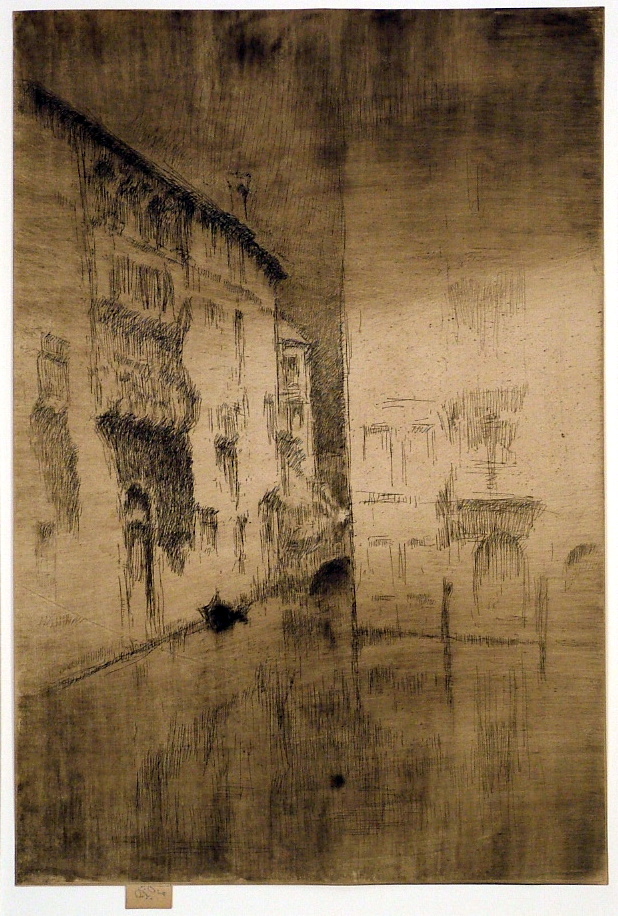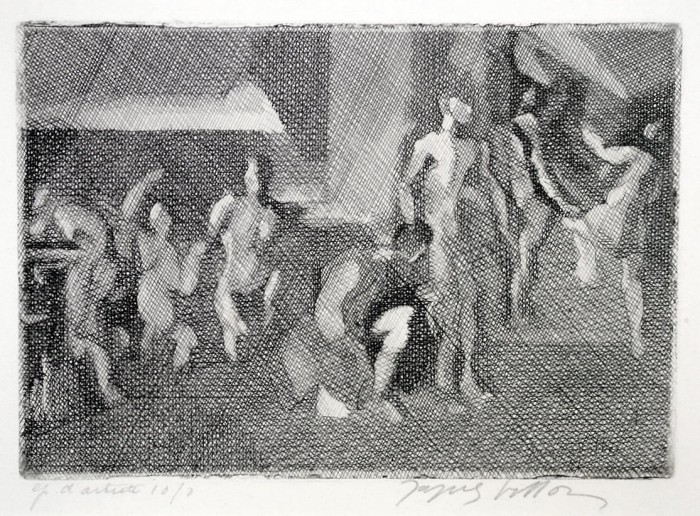Spring Night, Greenwich Village
Wednesday, May 26th, 2010Martin Lewis (1881-1962), Spring Night, Greenwich Village– – 1930, Drypoint and Sand Ground.
McCarron 85. Edition 92. Signed in pencil. Titled in the artist’s hand, in pencil, in the bottom left sheet corner, recto. Signed in the plate, lower right.
Image size 9 7/8 x 12 3/8 inches (251 x 315 mm); sheet size 13 3/8 x 16 inches (340 x 406 mm).
A superb, richly inked, atmospheric impression, with overall velvety burr, on cream wove paper; full margins (1 3/4 to 1 7/8 inches). Glue remains from the original hinges on the top sheet edge; otherwise in excellent condition.
At the time Lewis made Spring Night, Greenwich Village he lived at 111 Bedford Street (which may be the street depicted in the print), in the Village, and was immersed in the intellectual and artistic life of the neighborhood. His exhibit at Kennedy Galleries in 1929 had been a great success, and he discontinued the commercial art work he had been doing. But of course the Great Depression changed everything; Lewis and his wife gave up their house in the Village and moved to Sandy Hook, Connecticut. He set up a short-lived printmaking school in the Village in 1934 (with Armin Landeck and the printmaker George Miller), and moved back to the Village in 1936.


